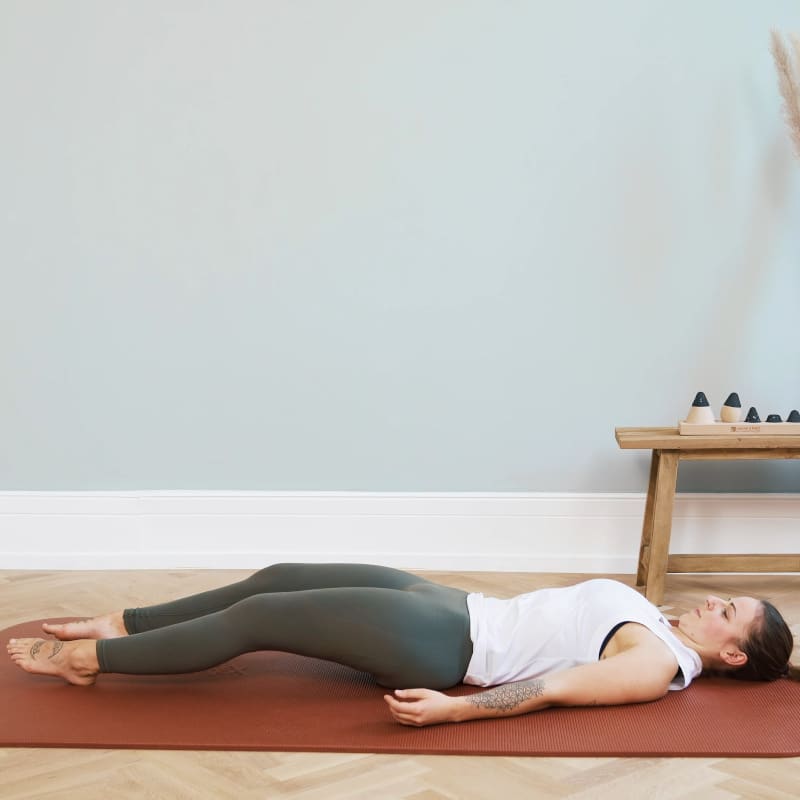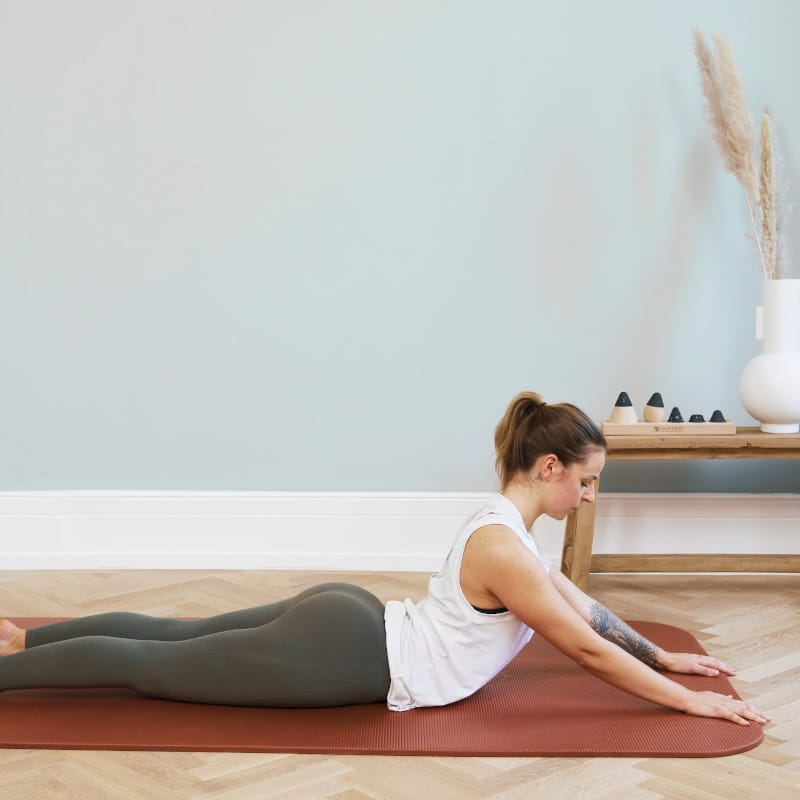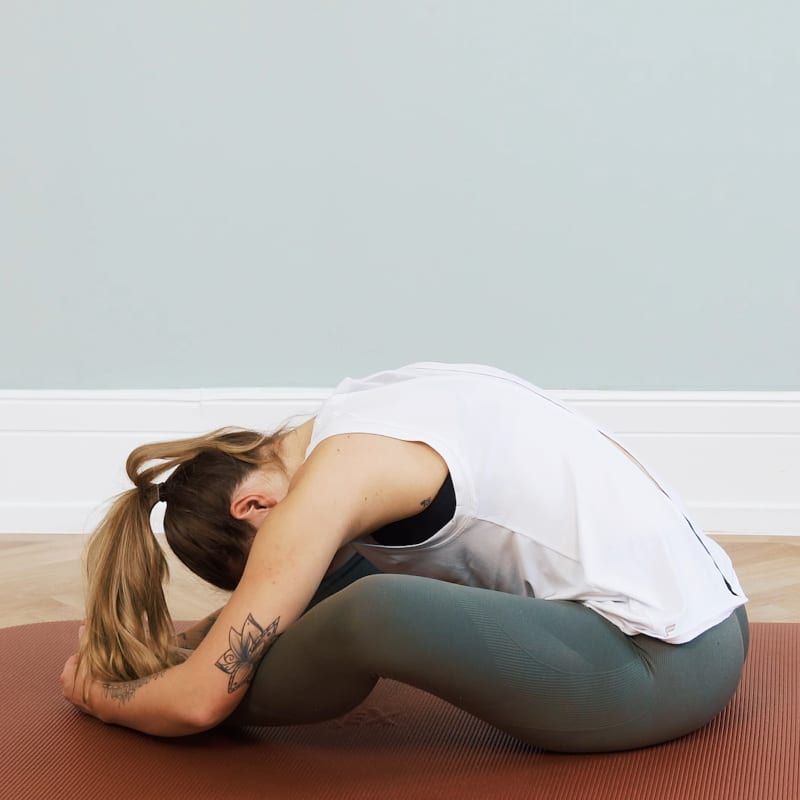exercises For Lower Back Pain at Home
Body Part:
Lower Back
Equipment:
None
Level:
Beginner
Body Part:
Lower Back
Equipment:
None
Level:
Beginner
You spent an afternoon helping someone move house. Boxing, bending, lifting, and lugging. Now you can’t turn to the side because you’ve sprained a muscle in your lower back. Getting up from a chair seems to take more effort than climbing a mountain, and you wonder if you’ll ever be able to move like you used to. If your first thoughts are, “Guess I’ll stay in bed and take some painkillers,” it’s time to change your thinking.
Although you may not feel like exercising, the right kind of physical activity is exactly what your back needs. Staying active can decrease the intensity of your pain and help you recover faster than on bed rest. (Which may make your pain worse.) And those painkillers? The long-term results of using medication for lower back pain are mixed.1)
Lower back pain is reason #2 for missing work 2) and one of the most common causes of people seeking medical attention. We’ve developed two stretching exercises that target the lower back muscles and fascia: a quick 2-minute stretch and a program that takes about 6 minutes. You can do the routines together or separately. These exercises can help you relieve pain and regain your range of motion and flexibility. Jump to our routines to start exercising, or keep reading to learn more about your lower back and lower back pain.
The lower back — a.k.a the lumbar region — carries most of our upper body weight and helps us twist and bend. If you could see inside, you’d find the five largest vertebrae of your spine. In between each vertebra are circular, rubbery pads called intervertebral discs. These discs protect our spine when we move and absorb shock. You’d also see the tendons that attach the muscles to your spinal column, ligaments that stabilize the vertebrae, and nerves.
Because our lower back is so complex, it is vulnerable to injury. The following injuries and conditions are common causes of lower back pain:



Perform our lower back pain exercises 6 days a week and leave 1 day for rest. When your pain subsides and your range of motion and flexibility return, you can adjust how often you exercise.
Have you watched one of our videos and thought, “Roland is using a cool tool! Where can I buy one?” You can find all the pain-relieving tools Roland uses in his videos in our online shop. Check it out.
Take me to the shopThis deep-dive Encyclopedia Article is everything you need to know about the structure of your spine, different types of back pain, causes, and treatment options.
Become a Back Pain ExpertIf you have spinal stenosis, you know how limiting the condition is. This 7-minute exercise takes the pressure off of your nerves and relieves back and leg pain.
Relieve Back & Leg PainSpondylolisthesis causes chronic lower back pain. This routine can help relieve discomfort and put your slipped vertebra back where it belongs.
Help Spondylolisthesis Pain Now